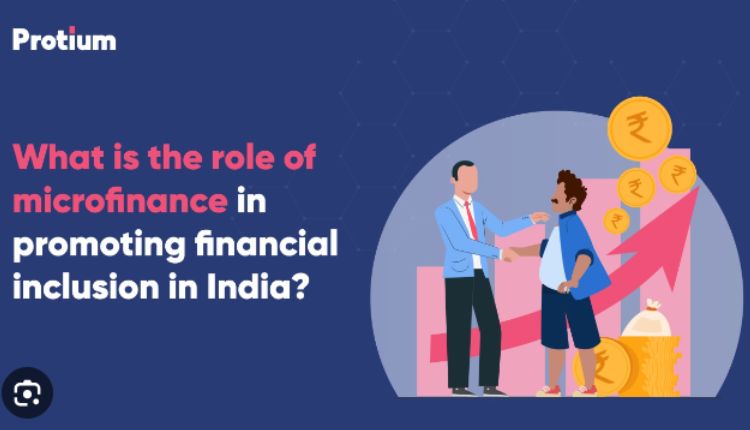Microlending is a financial innovation that has been made possible by technology and the worldwide web. People who wish to invest their savings can connect with those who need credit through online lending platforms. These companies earn a profit by charging fees to process loans and facilitate payment collection. These fees are reflected in the rate or cost of the loan.
Interest Rates
For borrowers, 소액대출 are useful for providing a small burst of capital that can be used for things like buying inventory or paying for employees during slow times. They can also help businesses swallow seasonal costs, such as hiring extra staff for busy weekends. Microlenders typically don’t review a borrower’s credit score, and they can be more interested in the overall financial picture of their business. That’s why it’s important to have a well-fleshed out business plan and to be prepared to explain how you will use the loan funds.
It’s also worth noting that microfinance institutions often charge fees and impose a flat interest rate on their loans (which can make them appear higher than they are). This is to cover the high operational costs of microfinance, as reported by Mix Market. However, this doesn’t mean that you should automatically reject microloans, especially if you have bad credit or can’t get a traditional loan.
Collateral
Business Microloans are an excellent option for small businesses that may have limited or no credit. They don’t require collateral, making them a less expensive alternative to credit cards or personal loans for business expenses. While microlenders review credit, they tend to look at the big picture when evaluating an applicant’s financial history. Serious financial issues like bankruptcy proceedings are likely to disqualify a business from receiving a loan. In most cases, applicants are asked to submit a detailed business plan to help them demonstrate a strong purpose and strategy.
Peer-to-peer lending companies that facilitate microloans often charge administrative fees to cover costs of originating and servicing a loan. These fees are typically rolled into the borrower’s interest rate. While these fees do increase the overall cost of a loan, they can be a good way to ensure that borrowers are aware of their full borrowing costs and rates. Moreover, they can encourage borrowers to make the best decisions for their own business.
Fees
There are a number of fees associated with microloans, including an origination fee or application fee, which is charged up front to review your application. Some lenders also charge a service fee for processing paperwork. Other expenses, such as late payment or prepayment penalties, may apply. These additional fees can make the actual cost or rate of a microloan significantly higher than what is quoted. A microloan 예금계산기 helps borrowers see the actual cost or rate of loans they are considering. This tool can account for fees that may be included in the quoted interest rate and help borrowers understand how they will pay back their loan.
While microlenders generally do not review credit reports, serious financial issues could disqualify your business from receiving the loan. Before applying for a microloan, take steps to improve your personal credit score and organize your financial documents. Many microlenders require a well-fleshed out business plan to help them understand your company’s operations and plans for the future. You may also need to show proof of how you intend to spend the money, such as receipts or invoices. Alternatively, you might use the funds to invest in your business or purchase inventory.
Conclusion
Let’s say a beauty salon finds the perfect commercial space but needs a deposit to move in. Funds from a microloan can help cover those costs. These loans are offered through a variety of channels, from a local credit union to VC firms. Learn who can apply, what they cover, and how the process works for both parties.
